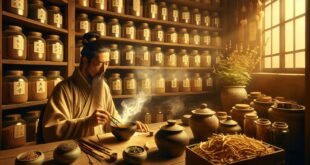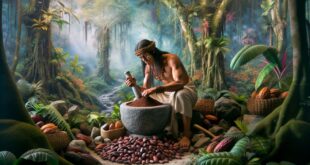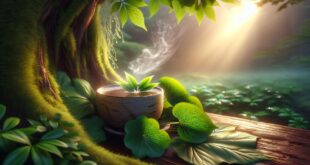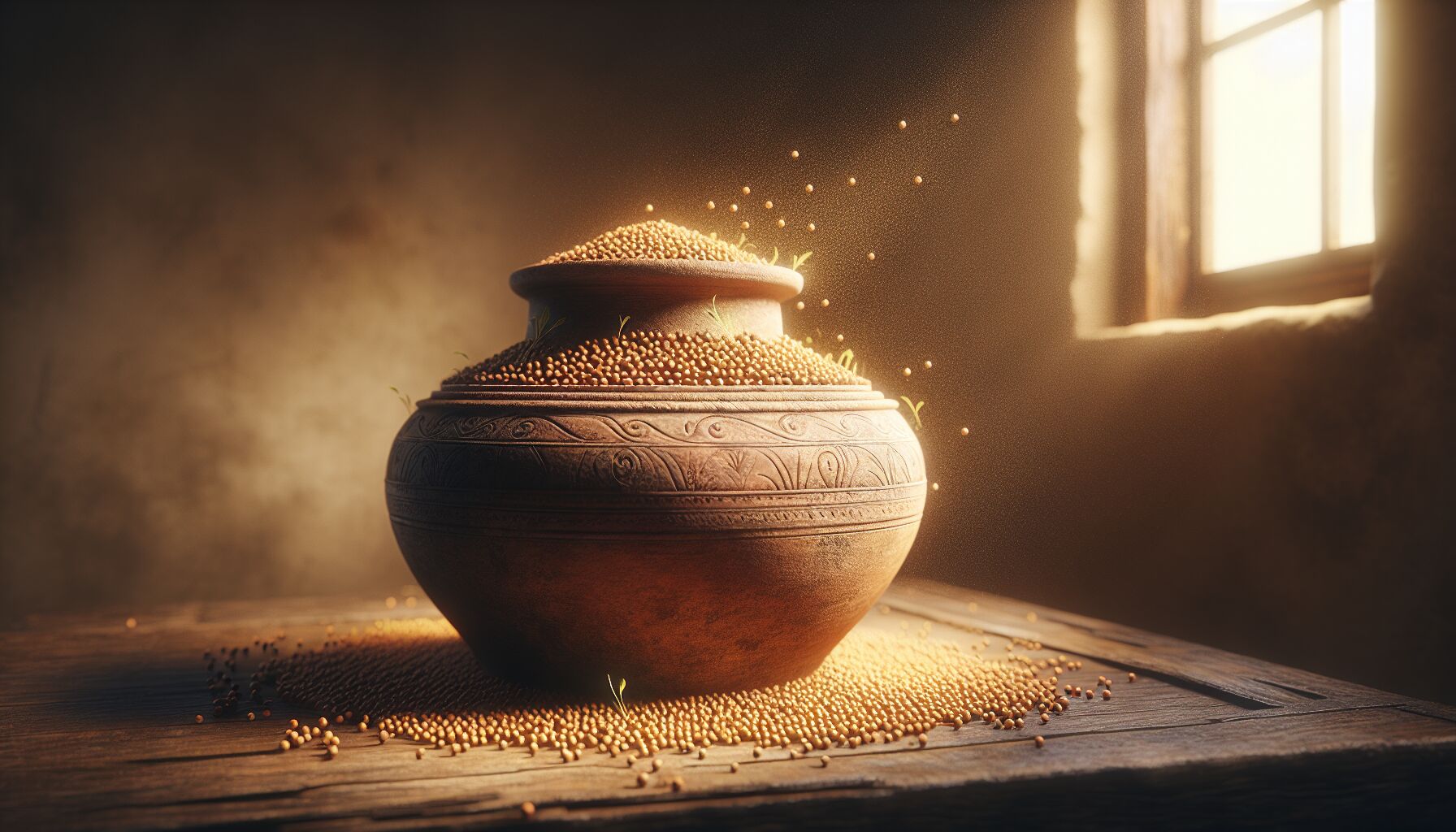 It’s easy to overlook the small stuff — especially something as humble as mustard seeds sitting dry in a clay jar. But if you could travel back thousands of years, you’d find those same seeds playing a central role in healing, trade, and ritual from Egypt to China.
It’s easy to overlook the small stuff — especially something as humble as mustard seeds sitting dry in a clay jar. But if you could travel back thousands of years, you’d find those same seeds playing a central role in healing, trade, and ritual from Egypt to China.
Ancient Egyptians weren’t just pyramid-builders with a flair for preservation. They also understood the value of plants in their raw, pungent form. Mustard seeds, ground and mixed with vinegar or oil, were used both internally and topically for their warming properties. Scrolls and burial texts record mustard as part of therapeutic paste recipes — often applied to the chest or back for what we’d now call respiratory congestion. Was it scientifically proven back then? Of course not. But empirically? Strikingly consistent. Warm the body, stimulate circulation, clear the lungs. That was the pattern noticed and passed down.
Meanwhile, over in India, mustard was already deeply interwoven with Ayurvedic tradition. It wasn’t just about flavor or heat — mustard oil was massaged into the scalp to awaken the senses, rubbed into joints for pain relief, or added to poultices alongside turmeric. The ancient texts got one thing right: warmth and movement are medicine in themselves. When circulation slows, things stagnate — physically, energetically, emotionally. And so, mustard joined garlic, ginger, and ghee as household staples that did more than feed. They soothed.
“True wisdom is timeless — it may begin in the soil, but it flowers in practice.” — Dr. Vasant Lad
The Greeks took a more measured, philosophical stance — as they often did with anything bodily. Hippocrates reportedly used mustard in plasters to “draw out imbalance” and apply counter-irritation, an old method based on the idea that pain can be redirected, even disarmed, by creating a new (and slightly more tolerable) sensation on the skin. A hot poultice of crushed mustard seeds would increase blood flow to a troubled spot — like the shoulders of an exhausted soldier or the aching flanks of someone surviving the plague. Crude? Maybe. But effective enough to echo through Roman field camps and monasteries for centuries.
The early Chinese medicinal texts speak less directly of mustard itself but clearly favor warm, pungent herbs that stimulate qi flow and dispel cold stagnation. That’s mustard in spirit, if not name. The principles match. Energy needs to move; pain often arrives where movement has stopped.
Let me tell you — pain management before Advil was not for the faint of heart. Mustard baths, foot soaks, liniments… these were the tools of the everyman and the herbalist. No Amazon Prime, just ground seed and boiling water. The Romans, tough and tactile, would apply mustard poultices to treat sciatica or long-haul fatigue. More than just folk wisdom, this practice made its way into the earliest pharmacopoeias.
By the time mustard seeds migrated through trade routes into Northern Europe, they had already picked up a resume longer than some of our prescription drugs today. Pain relief, digestive aid, stimulant, antifungal. Even a mild emetic when necessary. Monastic texts from the medieval period describe mustard “syrups” as part of feversmithing — a word that’s vanished but once described attempts to “smith” the heat from sickness.
And here’s a subtle thing that most overlook: these old systems weren’t just about getting rid of symptoms. They aimed to restore rhythm — bodily, seasonal, spiritual. Mustard didn’t just numb the ache; it encouraged the body to participate in healing again. That’s a different game entirely.
Modern pharmacology tends to isolate. Identify the active compound, extract it, patent it. That’s not inherently wrong — but it leaves out the rhythm, the synergy. A mustard poultice wasn’t just working chemically. It was an act. A ritual. A commitment to presence. And believe me, when you’re rubbing down a tired back with warm seeds and oil, something deeper tends to loosen — often beyond the physical.
So if mustard seems like just another kitchen relic now, remember: before capsules and clinics, we had seeds and heat. And they worked — not perfectly, but with precision born of generations paying attention. You can still feel that history in the tingle of mustard on skin, or the way it wakes up the breath. It’s not just about fixing something — sometimes, it’s about remembering what helps.
Mustard in traditional folk remedies
There’s something grounding about the way folk medicine treated illness — not as an enemy to annihilate, but as a signal to listen to. In that sense, mustard was more than a cure. It was a collaborator. From old English cottages to the herbal huts of Appalachia, mustard seeds were kept close, often in pouches hung near the hearth or steeping in jars of cider vinegar. They were picked for a reason. Folk remedy wasn’t about fantasy — it was the medicine of farmers, midwives, and anyone who spent more time with soil than screens.
A common thread runs through most mustard-based remedies: warming the body to restore circulation and unlock stagnation. Stuck mucus? Sore joints? Numb fingers after a frost-laced walk home? Mustard had a role. Often, it came in the form of a mustard plaster — a mix of ground mustard seeds, flour, and water applied inside cloth and pressed directly onto the chest or back. The goal? Not pain relief in the numbing sense, but an invitation for the body to respond. It hurt, but with purpose. You were asking your body to wake up — to send blood, energy, and heat back to where healing needed to happen.
Let me explain how it works. Whole mustard seeds contain a compound called sinigrin, which converts to allyl isothiocyanate when crushed and mixed with water. This chemical reaction isn’t gentle, and it’s not supposed to be. That tingle, that burn — it’s circulation stirring. You’re essentially calling in the cavalry: blood brings oxygen, warmth, white blood cells. The old folks knew this intuitively. Cold and pain signaled stuckness. Mustard was movement.
“The art of healing comes from nature, not from the physician. Therefore the physician must start from nature, with an open mind.” — Paracelsus
And mustard wasn’t just an external fix. Folk recipes would toss a pinch of seeds into warming teas or chew them straight (trust me — not for the faint of heart) to spark digestion and light the internal fire. In some Armenian and Russian traditions, a few mustard seeds were swallowed daily during winter months as a preventive measure — not because they were magical talismans, but because they nudged the gut awake and kept winter torpor at bay.
In parts of Africa and the Caribbean, traditional healers used mustard oil as a rubbing compound for limbs stiffened by cold or old age. They didn’t separate healing from touch — your grandmother rubbed your knees not as a distraction, but as devotion. That matters. Too much of modern medicine has ignored the role of hands-on care, of trusting the body’s own capacity for repair if given the right cues.
You’d also hear about mustard liniments in the southern U.S., especially among Black communities who inherited rich herbal knowledge passed down through generations. Applying mustard to the soles of someone’s feet during fever or to swollen glands was more about rebalancing than suppressing. There’s wisdom in that — giving space, rather than just shutting symptoms down.
Of course, folk healing has always danced with danger and guesswork. You had to know just how much mustard was enough to stir, but not scald. Children were wrapped in lighter plasters. Elderly joints got diluted salves. These choices weren’t random — they were learned through memory, mistake, and care. That’s true ancestral knowledge: the stuff passed through lived experience, not lab reports.
Today, some of that practicality is making a quiet return. You’ll find companies bottling “mustard bath salts” — a nod to the age-old practice of soaking feet or whole bodies in warm water spiked with mustard powder, Epsom salts, maybe a touch of eucalyptus or rosemary. Even if the branding’s a little shiny now, the principle holds: stimulate flow, release what’s stuck, and let the system regulate itself.
So sure, you could take a supplement. You could Google your way to symptom management in seconds. But maybe mustard offers something more — a return to the tactile, the real, the kitchen-sink kind of healing. It’s not glamorous. No promises of perfection. Just a seed that’s stood the test of winters, wars, and weary bones — carrying the same quiet capacity in its pungent little core: warmth, movement, and the memory that healing isn’t always quiet, but it is often close.
Modern interpretations of mustard’s medicinal value
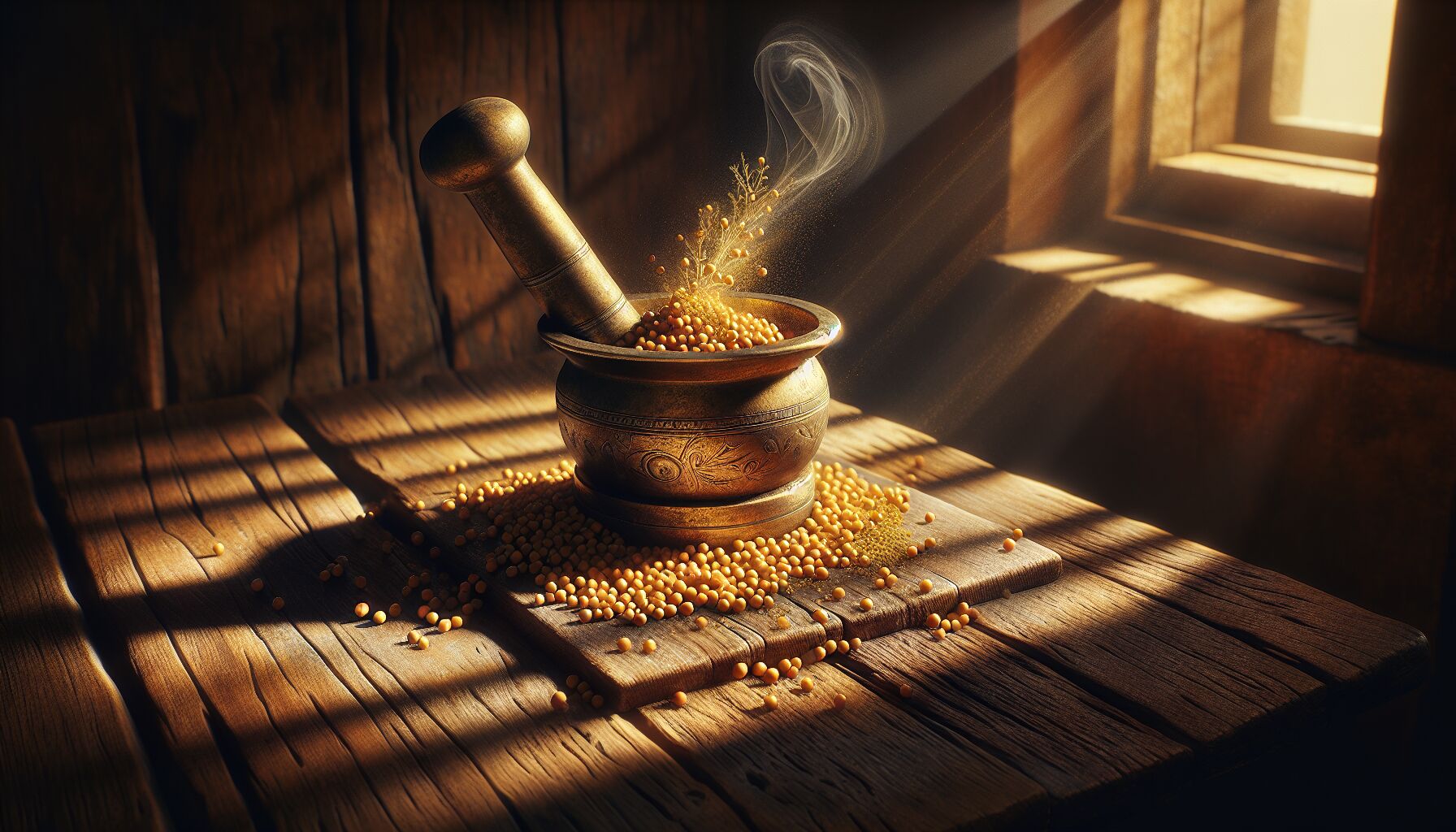 It’s a curious thing — how modern science, after centuries of dissection and data, circles back to what the old herbalists trusted with their hands and guts. Take mustard seeds. For a while, they were dismissed as outdated — too folk, too fiery, too simple. But the tide’s turning, and now researchers are cracking open those same seeds, finding confirmation layered in every molecule.
It’s a curious thing — how modern science, after centuries of dissection and data, circles back to what the old herbalists trusted with their hands and guts. Take mustard seeds. For a while, they were dismissed as outdated — too folk, too fiery, too simple. But the tide’s turning, and now researchers are cracking open those same seeds, finding confirmation layered in every molecule.
At the molecular level, sinigrin — that sulfur-rich glycoside — is finally getting the attention it earned centuries ago. When crushed and moistened, sinigrin converts into allyl isothiocyanate, a compound with well-documented antimicrobial, anti-inflammatory, and even chemoprotective properties. Studies published through platforms like the NCBI detail how mustard oils interact with TRPA1 and TRPV1 receptors — two key sensory channels linked to pain and temperature regulation.
That burn? It’s not just drama. It’s biochemistry waking up nerve endings and increasing blood flow. Mustard works through what’s called a rubefacient effect — meaning it reddens the skin by drawing blood to the surface and stimulating circulation. That makes it ideal for addressing issues like joint pain, muscular fatigue, or chronic stiffness. Not by masking the discomfort but by inviting fresh resources to the frontlines.
“Science without culture is like a tree without roots.” — Dr. Vandana Shiva
Some modern clinics even use diluted mustard-based compounds in physical therapy sessions — applied topically before rehab routines to loosen stiff soft tissues. Athletic trainers have caught on too, crafting balms with mustard extracts for post-workout recovery. Ever heard of that “hot-cold” sensation in muscle rubs? Yep. Same mechanism, slightly rebranded.
Then there’s the gut. Modern gastrointestinal research is affirming what ancient systems already suspected: mustard seeds can help with digestion. Tiny but mighty, they stimulate gastric juices, improve bile function, and — for some — nudge sluggish bowels into motion. While not a miracle fix, they’re part of a growing toolbox for those leaning into natural food-based approaches to digestive care, especially in conditions rooted in poor motility or microbial imbalance.
Several integrative health practitioners are now encouraging patients to add small amounts of mustard seed to meals — not just for flavor but for function. Think homemade vinaigrettes, roasted vegetables, or warm grain bowls. It’s food as therapy, without the hard sell.
Let’s talk internal inflammation too. Preliminary work from several universities, including a study from the Department of Food Science at the University of Manitoba, suggests that glucosinolates in mustard may help moderate inflammatory markers — promising for folks navigating arthritis, asthma, or even autoimmune issues. Again, nothing flashy. Just slow, steady shifts at the cellular level.
Of course, with any rediscovered remedy, there’s a temptation to overreach. Mustard isn’t a cure-all. Its intensity — while useful — demands respect. Topical use can cause skin irritation if left too long. Internally, high doses can upset the stomach. As always, context and dosing matter. The wisdom is in the restraint, not just the act.
But isn’t it refreshing? Something so modest, so earthy — restoring traction in a wellness space flooded with synthetics and syntactic cleverness. And maybe that’s part of why mustard endures: it doesn’t pretend to cure everything. It supports, clears, warms, stirs. What it offers most clearly is movement where there’s been stuckness. That’s not small.
So while scientists fine-tune their therapies and brands try to polish the ancient into new packaging, it’s worth holding space for mustard as it is: a seed with memory. A tool, not a trend. A bridge between the empirical and the ancestral. And maybe, just maybe, a reminder that pain relief doesn’t always come from numbing, but from restoring circulation — in body, breath, and being.
 DS Haven In Light Of Things
DS Haven In Light Of Things

